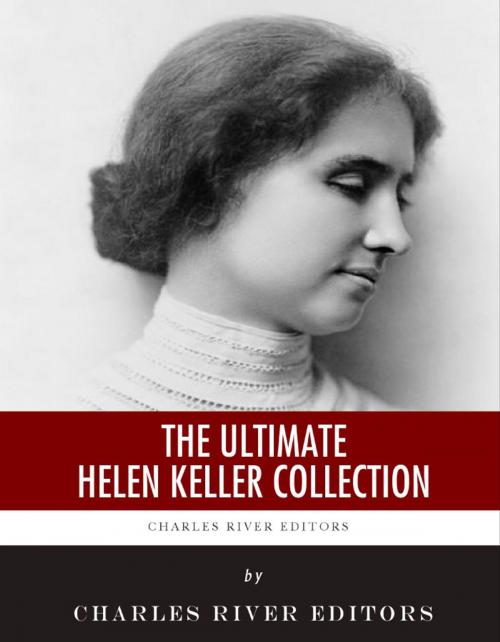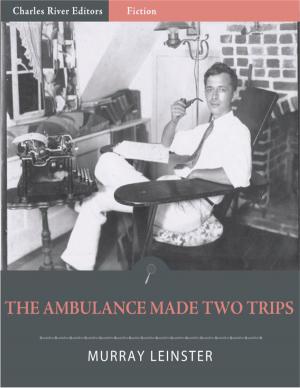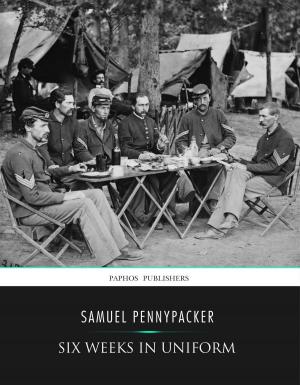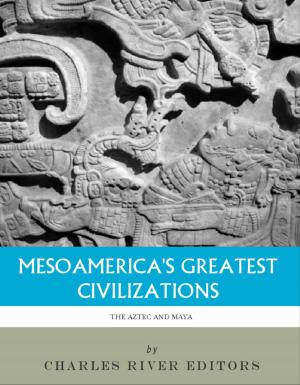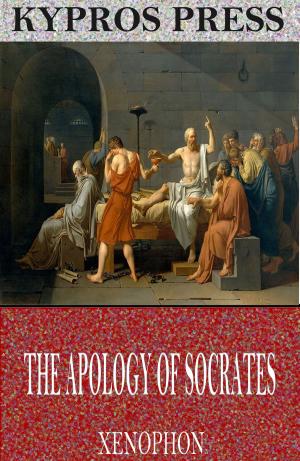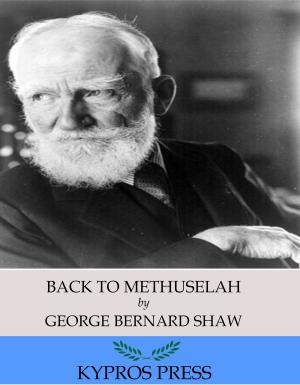The Ultimate Helen Keller Collection
Nonfiction, History, Americas, United States, 20th Century, Biography & Memoir, Historical| Author: | Charles River Editors | ISBN: | 9781475319484 |
| Publisher: | Charles River Editors | Publication: | November 14, 2012 |
| Imprint: | Language: | English |
| Author: | Charles River Editors |
| ISBN: | 9781475319484 |
| Publisher: | Charles River Editors |
| Publication: | November 14, 2012 |
| Imprint: | |
| Language: | English |
Includes:•Charles River Editors original biography of Helen Keller•The Story of My Life, Optimism, and The Song of the Stone Wall by Helen KellerTo say Helen Keller is one of the most unique figures in American history would be an understatement. As a young child, Helen lost both her vision and hearing, leaving her deafblind, an almost hopelessly debilitating condition that left her literally trapped, unable to communicate with anyone. As she would later write, My life was without past or future; death, the pessimist would say, a consummation devoutly to be wished." Nobody would have blamed her for being hopelessly frustrated and imprisoned by her disabilities; in fact, that was to be expected. When her famous teacher, Anne Sullivan, brought Helen a doll and tried to teach her a few words by spelling them into her hand, the child became so frustrated that she broke the doll.As every American now knows, Helen eventually overcame the frustration and used unimaginable perseverance to overcome her disability. With Sullivans help and the sense of touch, Helen eventually broke through and learned to communicate. Helen later recalled that after Sullivan put one of her hands in water and spelled water on the other hand, I stood still, my whole attention fixed upon the motions of her fingers. Suddenly I felt a misty consciousness as of something forgotten a thrill of returning thought; and somehow the mystery of language was revealed to me.Helens story would have been remarkable enough if it had ended simply with her ability to communicate with the outside world, but I had now the key to all language, and I was eager to learn to use it. With unbridled ambition, Helen became the first deafblind individual to earn a bachelors degree from a college, published her own autobiography when she was just 22, and in the early 20th century became famous across the world as both an author and speaker. Naturally, Helen was a walking embodiment and advocate for people with disabilities, both the blind and deaf, but she was just as interested in other social and political causes, eventually becoming one of the most outspoken figures of her time. Those who were inspired by her story were surprised that she was willing to voice what they believed were radical beliefs on behalf of causes like womens suffrage, pacifism, and socialism. Helen also added actions to her words, founding both the Helen Keller International organization for research in vision, health and nutrition, and helping found the American Civil Liberties Union. By the middle of the 20th century, Helen was a living legend and one of the most famous people in the world. She traveled to dozens of countries across the globe, met with every president from Grover Cleveland to Lyndon Johnson, and befriended celebrities as diverse as Alexander Graham Bell, Charlie Chaplin and Mark Twain. Even before her death in 1968, early depictions of The Miracle Worker had debuted, and countless other plays and films based on her life and story have followed. The Ultimate Helen Keller Collection looks at the life and legacy of the famous woman, including an original biography about her life and legacy, as well as some of her most famous works. This collection also includes a Table of Contents and pictures of important people, places, and events in her life.
Includes:•Charles River Editors original biography of Helen Keller•The Story of My Life, Optimism, and The Song of the Stone Wall by Helen KellerTo say Helen Keller is one of the most unique figures in American history would be an understatement. As a young child, Helen lost both her vision and hearing, leaving her deafblind, an almost hopelessly debilitating condition that left her literally trapped, unable to communicate with anyone. As she would later write, My life was without past or future; death, the pessimist would say, a consummation devoutly to be wished." Nobody would have blamed her for being hopelessly frustrated and imprisoned by her disabilities; in fact, that was to be expected. When her famous teacher, Anne Sullivan, brought Helen a doll and tried to teach her a few words by spelling them into her hand, the child became so frustrated that she broke the doll.As every American now knows, Helen eventually overcame the frustration and used unimaginable perseverance to overcome her disability. With Sullivans help and the sense of touch, Helen eventually broke through and learned to communicate. Helen later recalled that after Sullivan put one of her hands in water and spelled water on the other hand, I stood still, my whole attention fixed upon the motions of her fingers. Suddenly I felt a misty consciousness as of something forgotten a thrill of returning thought; and somehow the mystery of language was revealed to me.Helens story would have been remarkable enough if it had ended simply with her ability to communicate with the outside world, but I had now the key to all language, and I was eager to learn to use it. With unbridled ambition, Helen became the first deafblind individual to earn a bachelors degree from a college, published her own autobiography when she was just 22, and in the early 20th century became famous across the world as both an author and speaker. Naturally, Helen was a walking embodiment and advocate for people with disabilities, both the blind and deaf, but she was just as interested in other social and political causes, eventually becoming one of the most outspoken figures of her time. Those who were inspired by her story were surprised that she was willing to voice what they believed were radical beliefs on behalf of causes like womens suffrage, pacifism, and socialism. Helen also added actions to her words, founding both the Helen Keller International organization for research in vision, health and nutrition, and helping found the American Civil Liberties Union. By the middle of the 20th century, Helen was a living legend and one of the most famous people in the world. She traveled to dozens of countries across the globe, met with every president from Grover Cleveland to Lyndon Johnson, and befriended celebrities as diverse as Alexander Graham Bell, Charlie Chaplin and Mark Twain. Even before her death in 1968, early depictions of The Miracle Worker had debuted, and countless other plays and films based on her life and story have followed. The Ultimate Helen Keller Collection looks at the life and legacy of the famous woman, including an original biography about her life and legacy, as well as some of her most famous works. This collection also includes a Table of Contents and pictures of important people, places, and events in her life.
